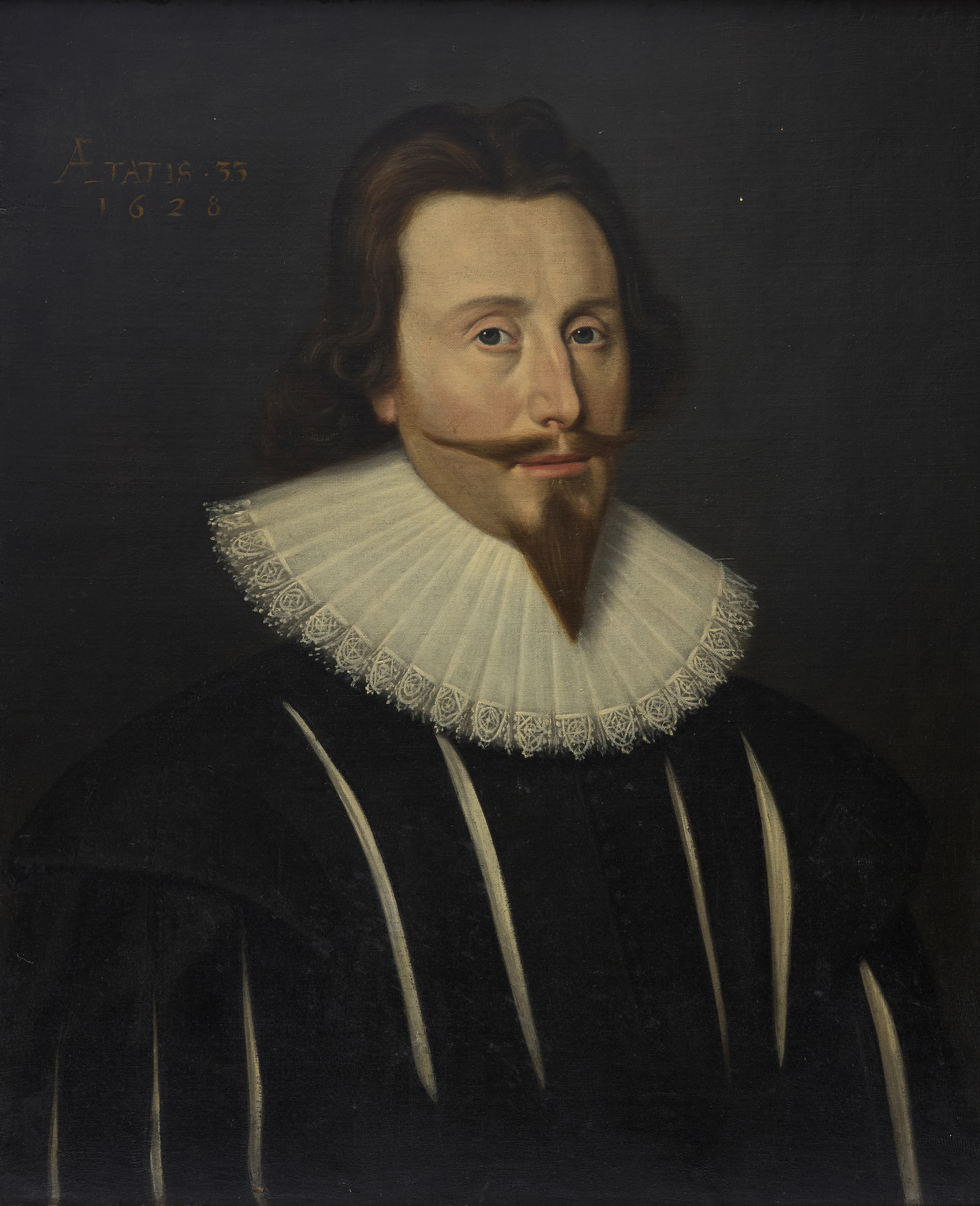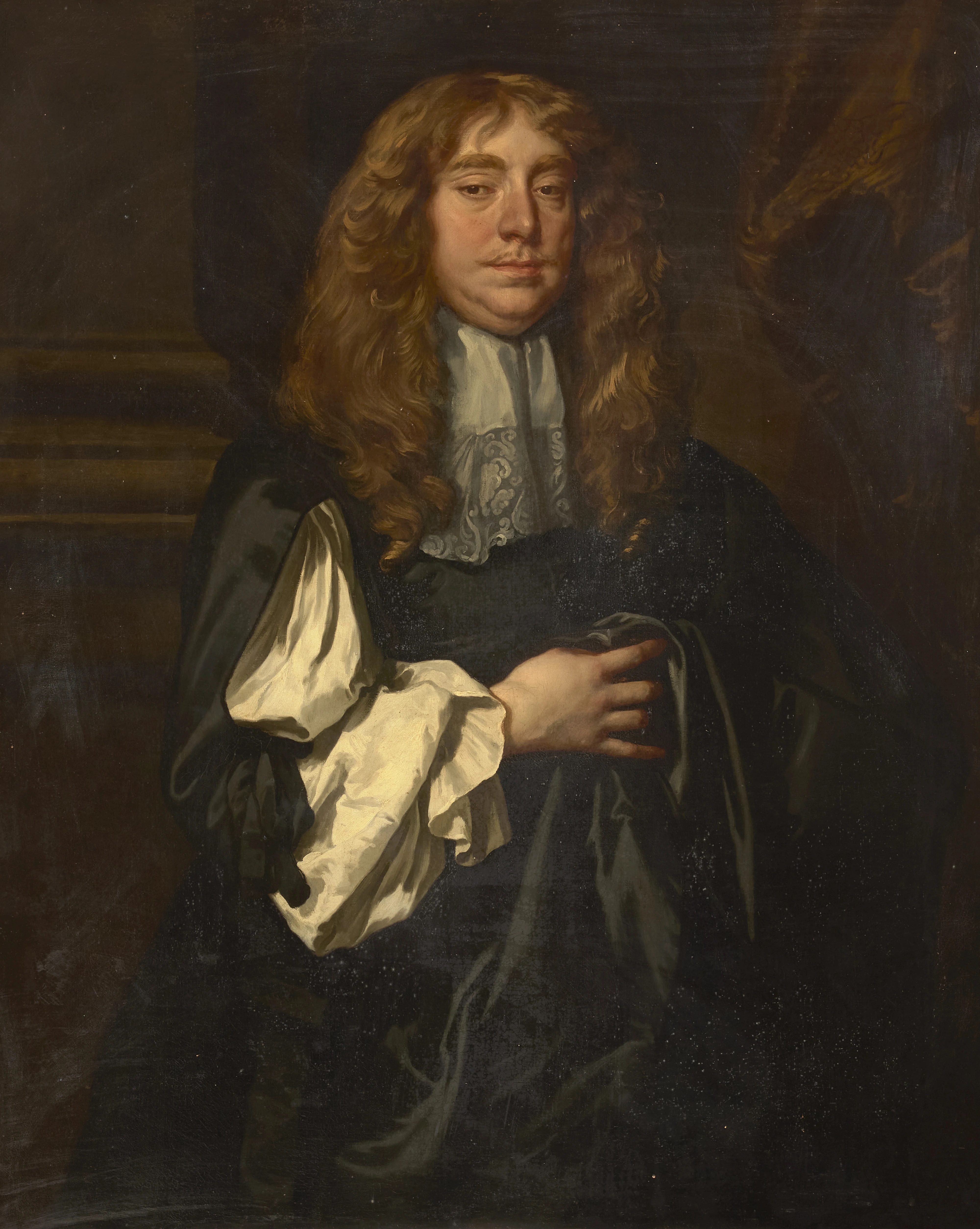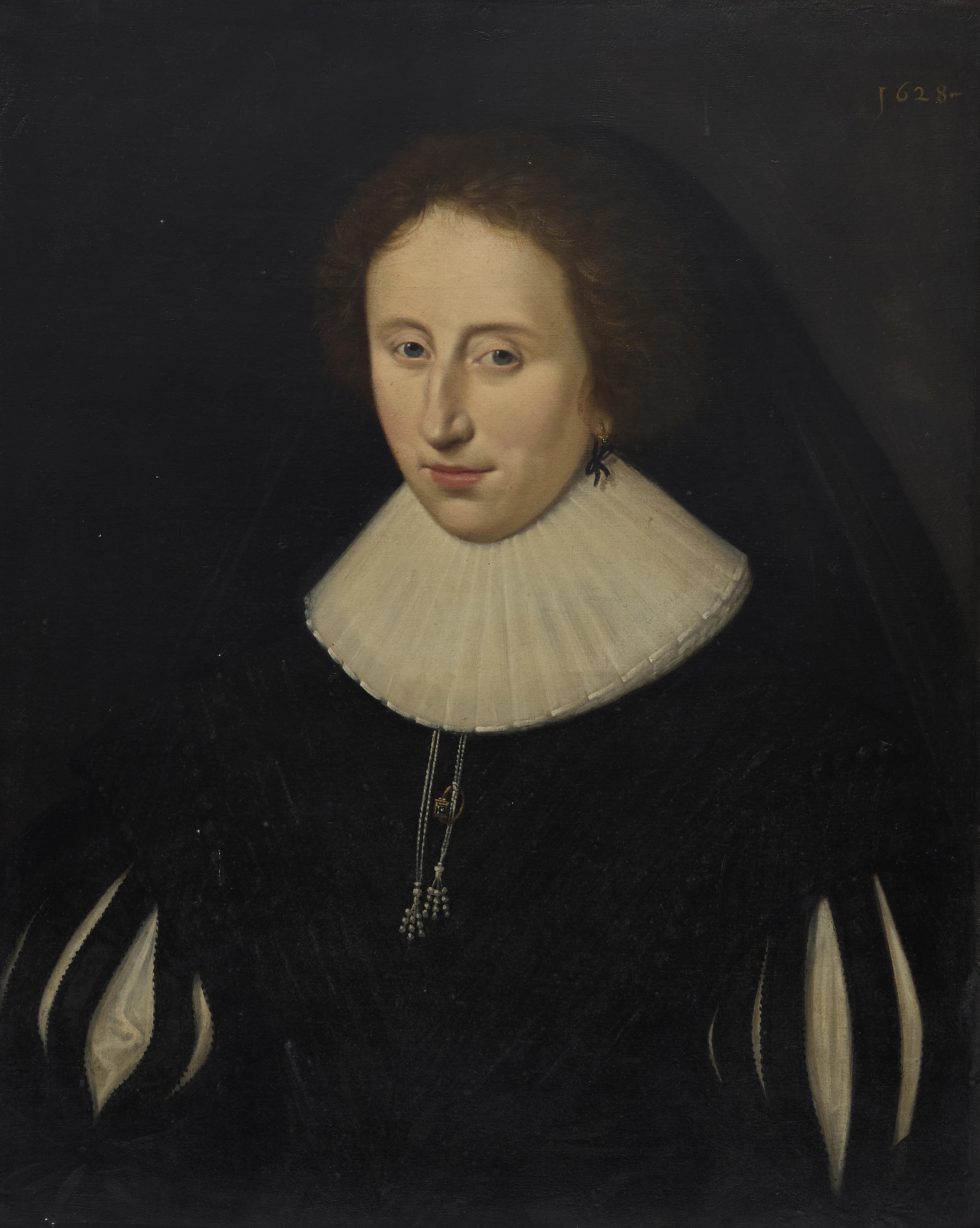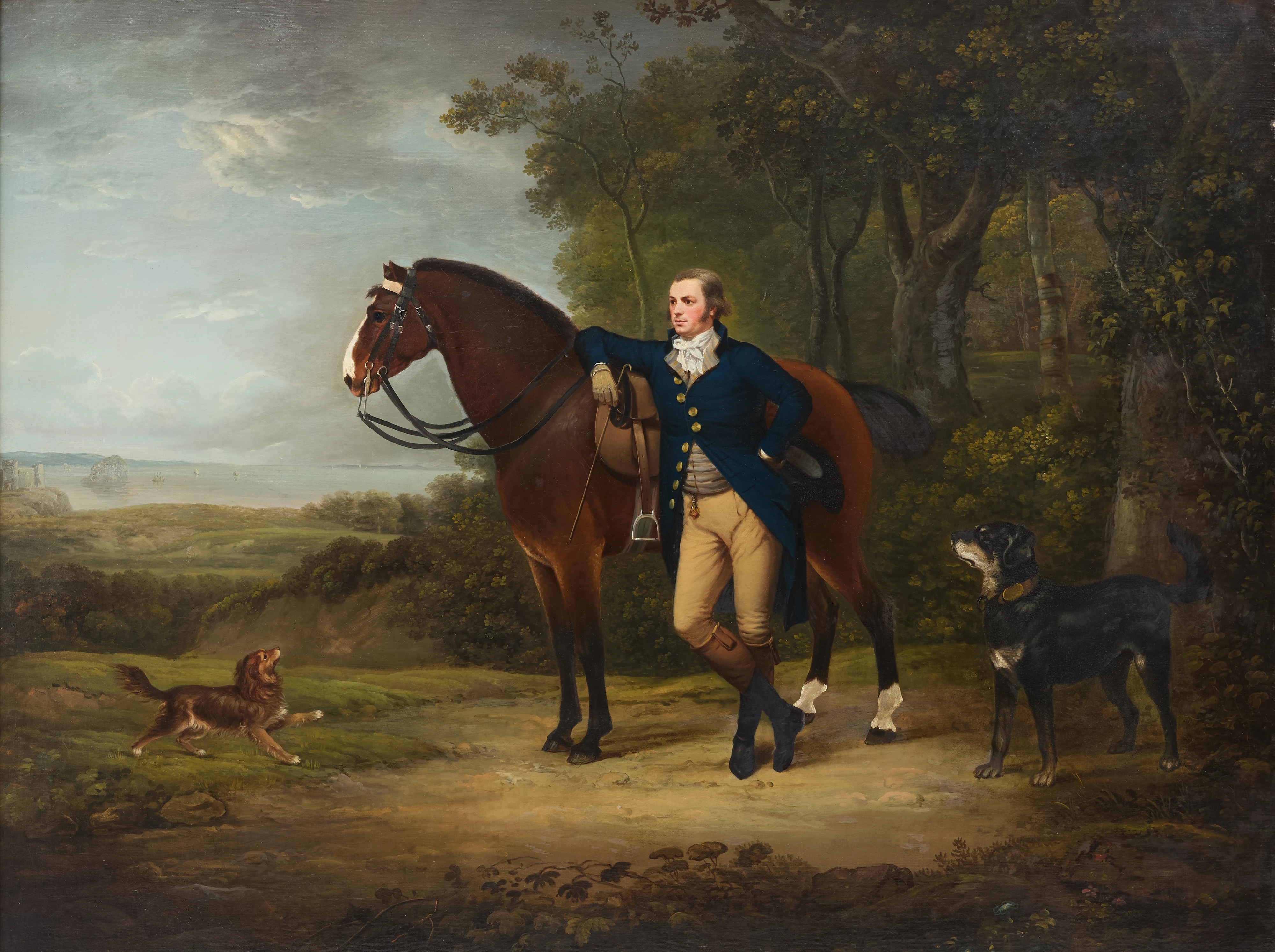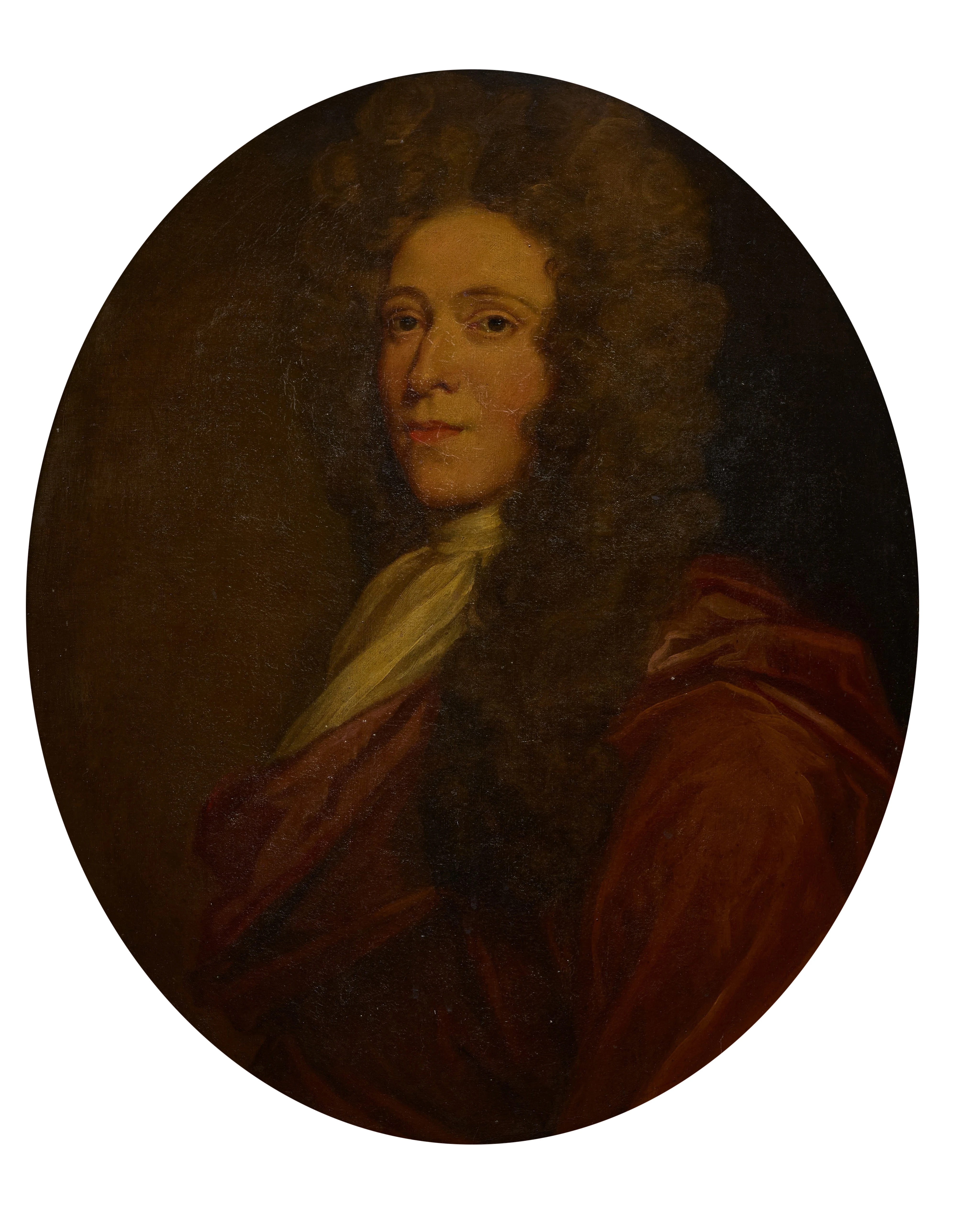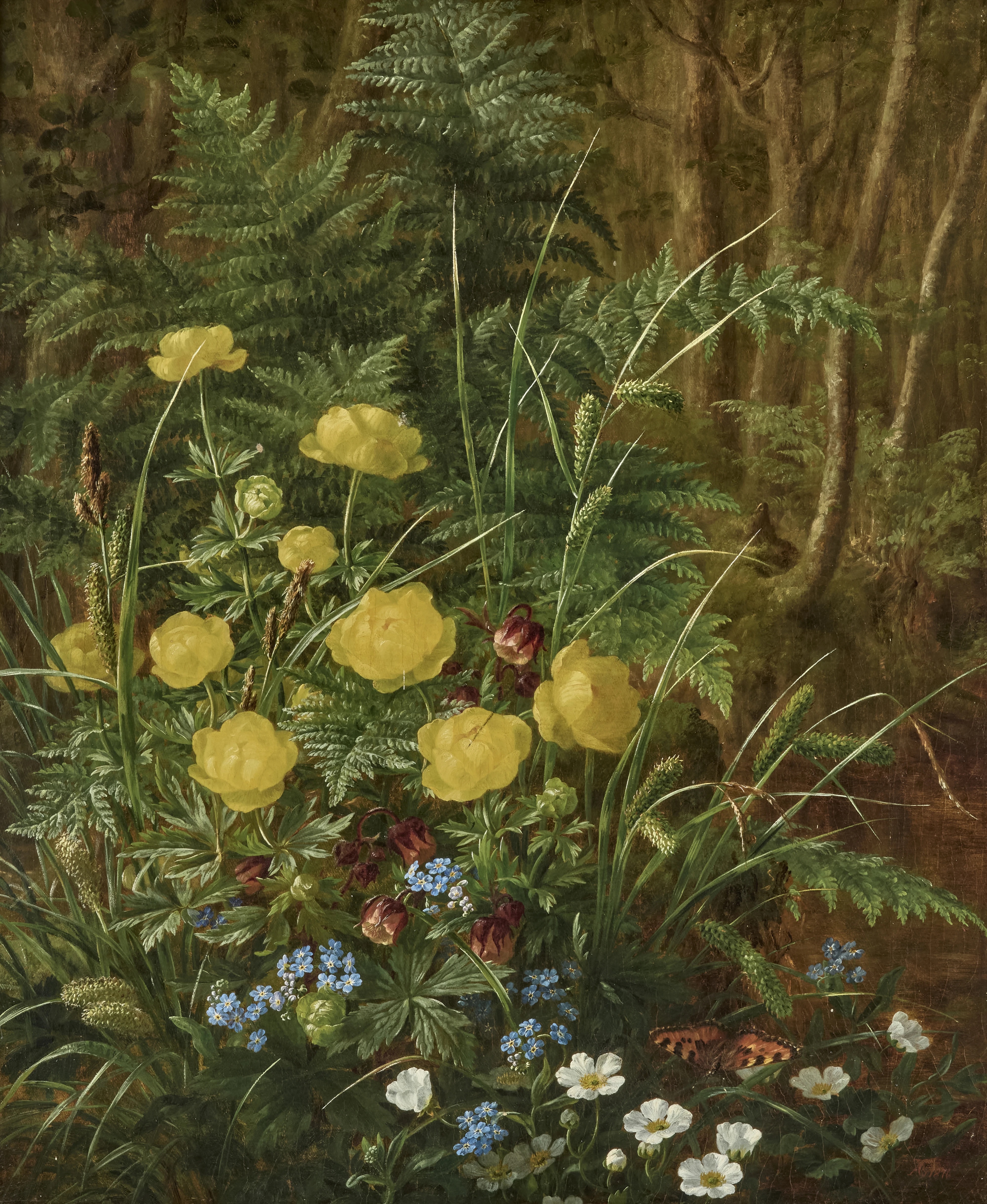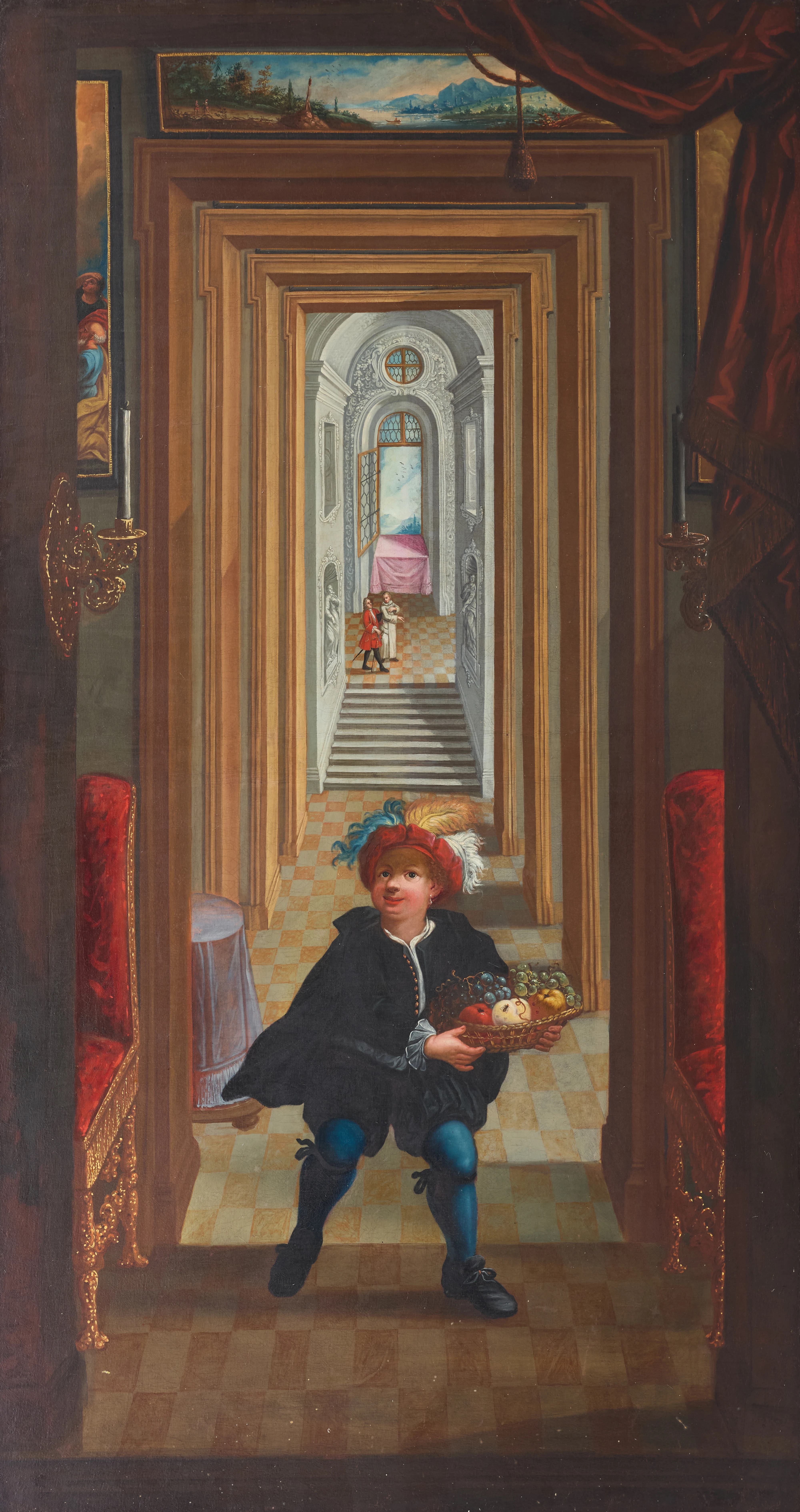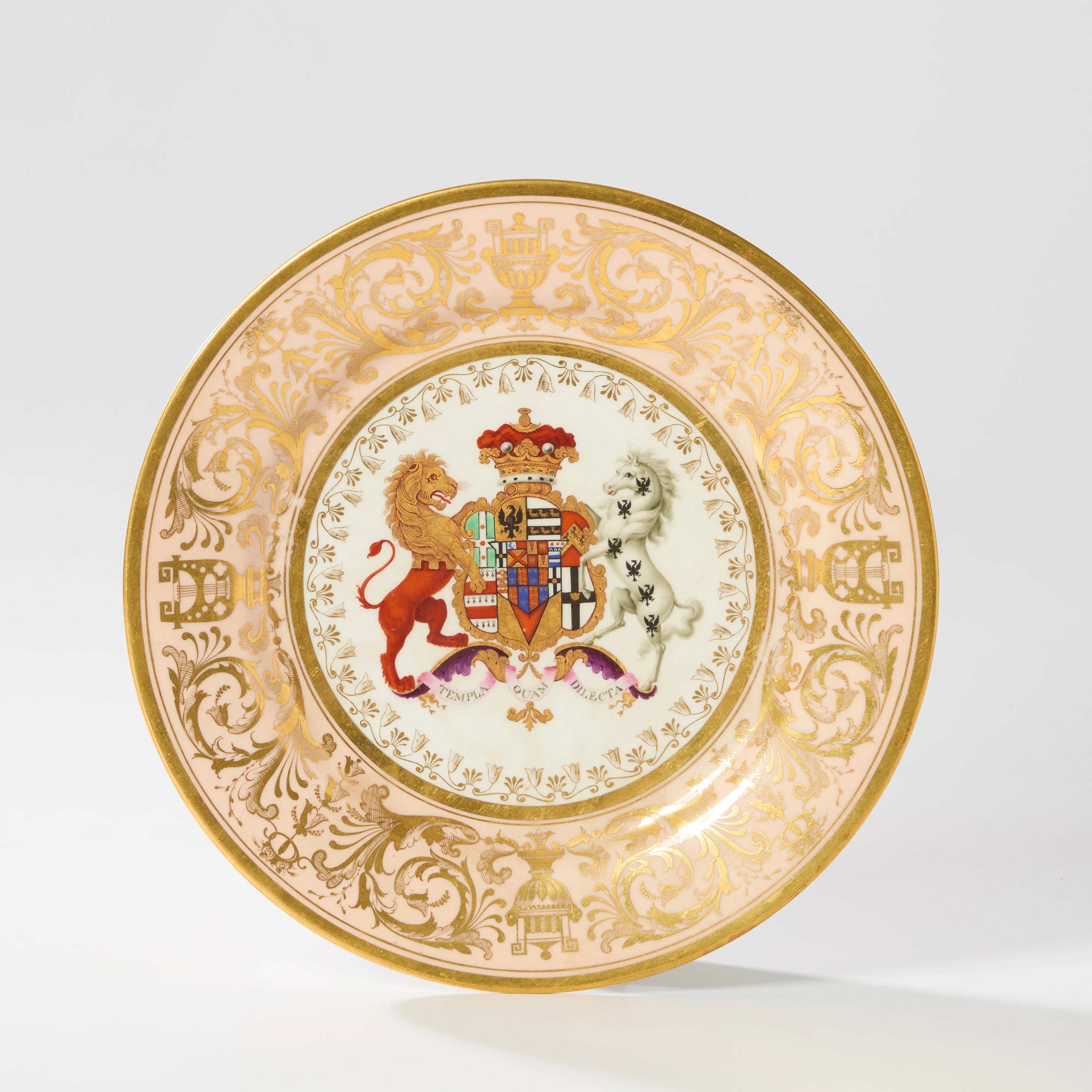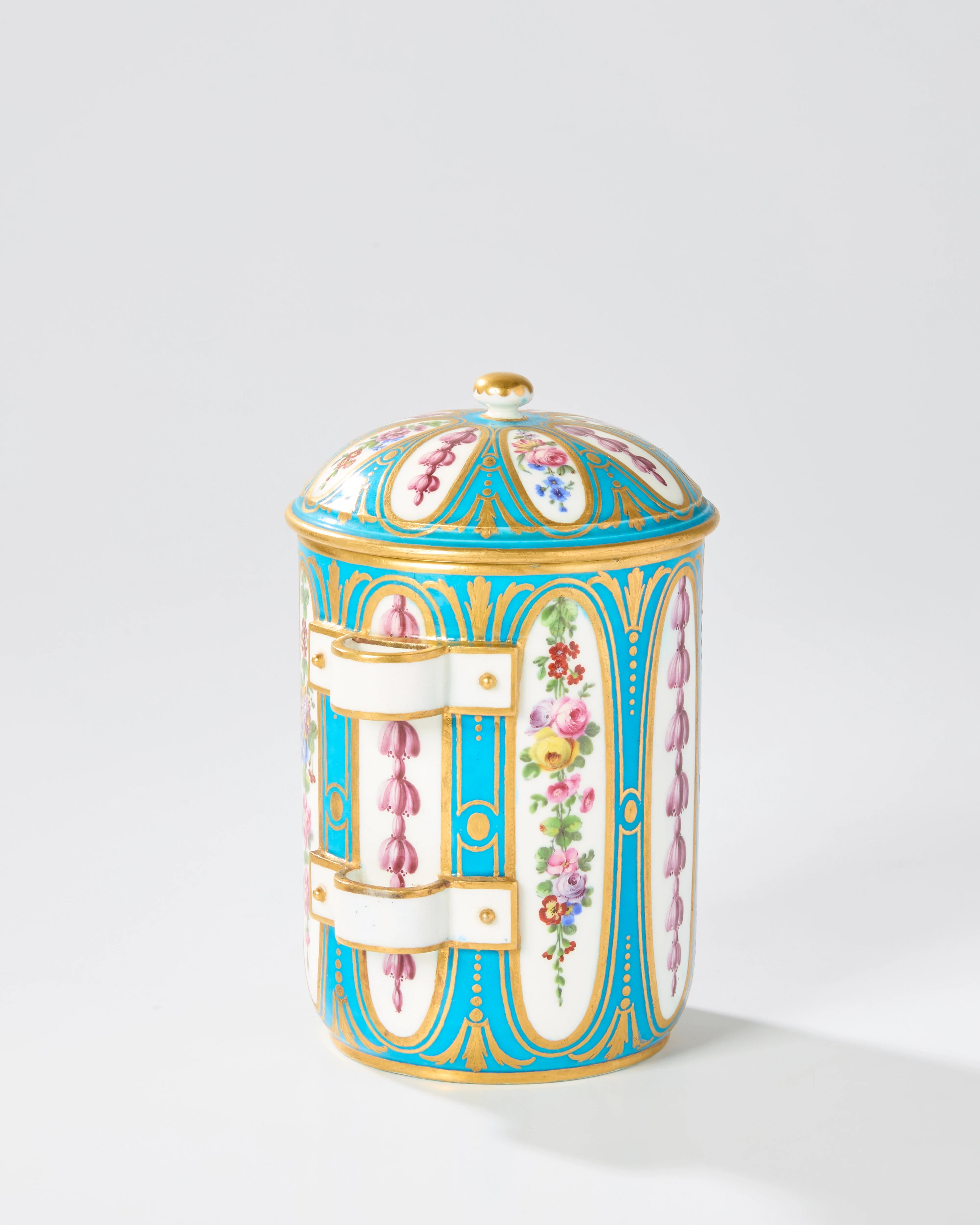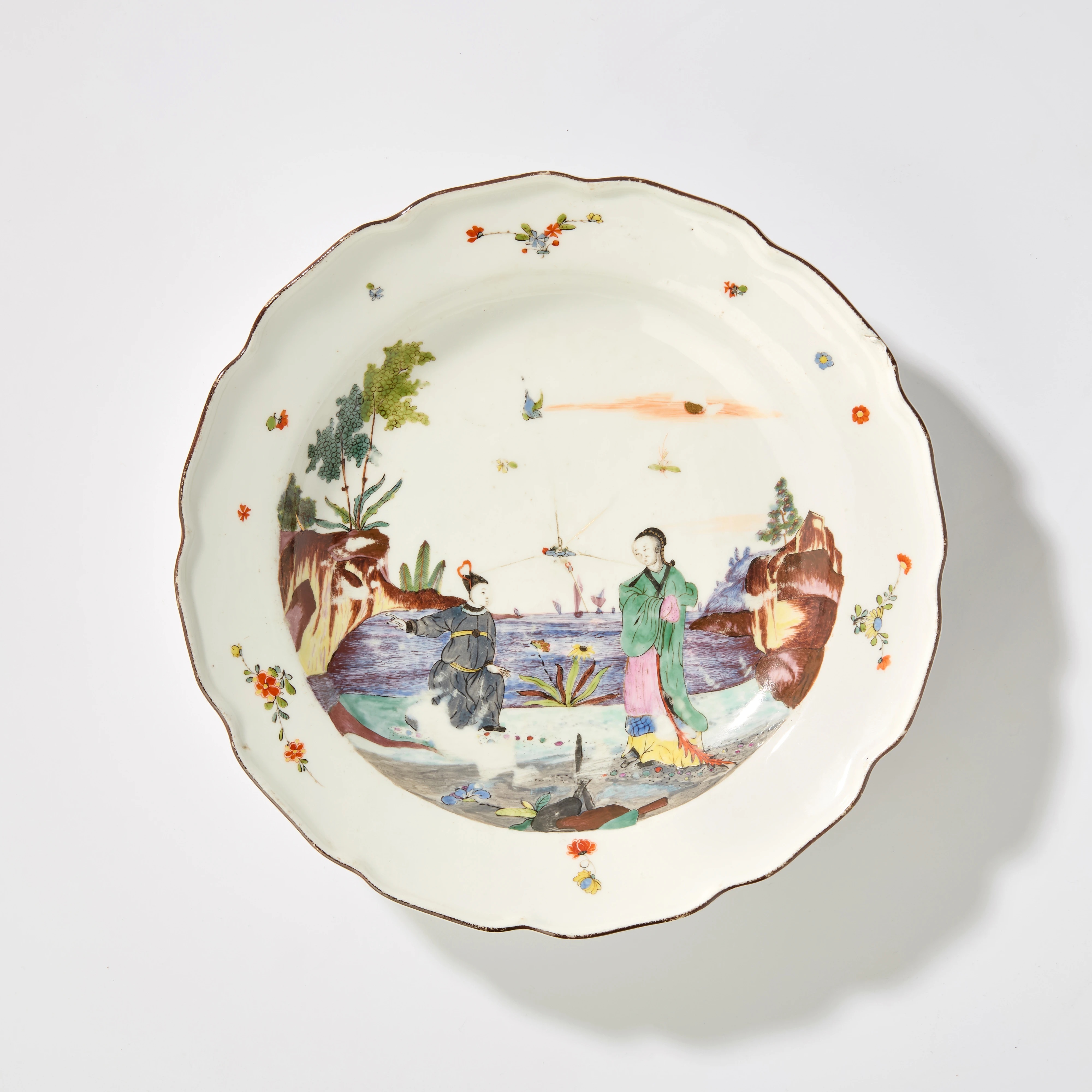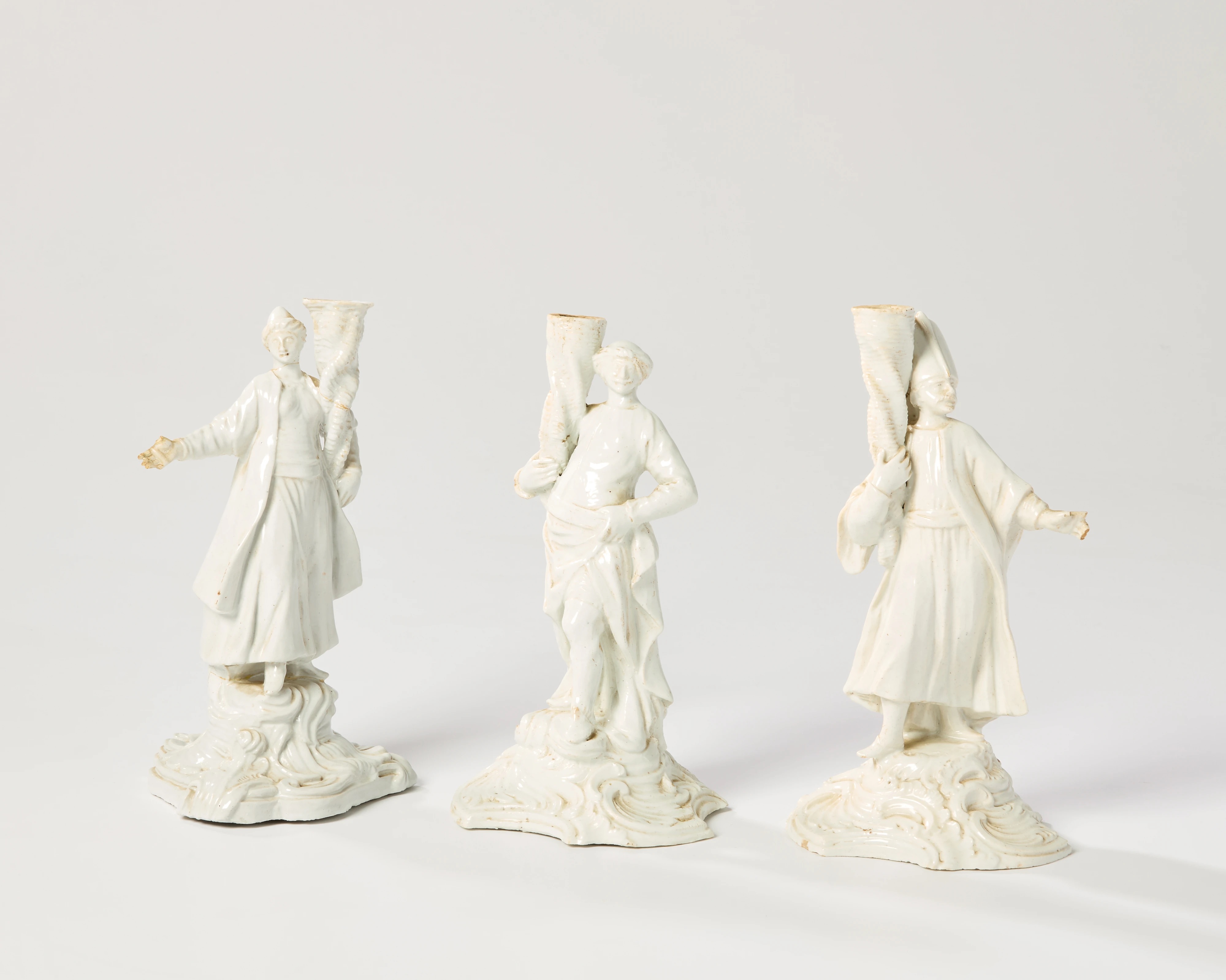Artworks from the historic 18th century Yester House in East Lothian, Scotland will be offered at auction by descendants of the Hay family (later the Marquesses of Tweedale), who owned the house from the 15th century until the late 1960s. The works come from a member of the family, the late BBC Antiques Roadshow expert and former Director of Christie’s, Hugo David Montague Morley-Fletcher MA FSA (1940-2022).
Adam de Colone (1572-1651). Estimate £2,000-£3,000 (lot 1)
Hugo was the first boy in the family to have been born at Yester House since 1888 and had many fond memories of growing up there. Yester House is a historical landmark, representing centuries of Scottish architectural and familial history. Its architecture, interiors and fascinating historical works had a profound effect on Hugo and would influence his future career choice. On the death of his grandfather, the 11th Marquess in the late 1960’s, the house was sold, along with much of its contents. While the family retained some, Hugo also worked hard to trace and purchase the others, so they could be reunited in his family’s collection. The works will be offered in Roseberys' upcoming Old Master, British & European Pictures sale on Wednesday March 12, 2025.
Hugo’s collection includes Old Master Paintings of his ancestors that were hanging in Yester House for centuries. Among them is a portrait of John Hay, 8th Lord Hay of Yester, later 1st Earl of Tweedale (1595-1654), attributed to the Dutch painter Adam de Colone (1572-1651). Colone was in Scotland for a short while and painted numerous portraits for the family, as well as counting the Royals amongst his patrons.
The sitter John Hay, 1st Earl of Tweedale, was a leading promoter of the National Covenant, an agreement signed by the Scottish people in 1638 which opposed religious reforms proposed by King Charles I. This stood as a declaration by the Scottish population that they wished to retain their own religious beliefs and rights. Despite this opposition to the King, Charles I remained on good terms with John Hay, making him Earl in 1646. John’s half length oil portrait portrays him in a black and white slashed doublet with a white lace collar. The painting was loaned on exhibition to the Scottish National Portrait Gallery in 1975. In oil on canvas, it dates from 1628 and carries an estimate of £2,000-£3,000 (lot 1).
Another portrait by Adam de Colone is of Lady Margaret Hay, Countess of Dunfermline (1592-1659) which was originally thought to be a portrait of her mother, Lady Margaret Kerr, Lady Yester (1573-1645). However, the date on the painting affirms that it is indeed Lady Margaret Hay. Further evidence is that the Countess knew Colone, having commissioned him to do a portrait of her son, Charles Seton, 2nd Earl of Dunfermline, as well as her first husband, the 1st Earl of Dunfermline. The portrait was painted in 1622 and depicts Lady Hay as a widow in black mourning dress, with her wedding band hung on a necklace around her neck. In oil on canvas, it carries an estimate of £2,000-£3,000 (lot 2).
A portrait of Lady Margaret Hay, Countess of Dunfermline (1592-1659) by Adam de Colone (1572 -1651)
Estimate £2,000-£3,000 (lot 2)
The collection also features a portrait by the Scottish artist Alexander Nasmyth (1758-1840), who is described as the 'founder of Scottish landscape painting.' The present portrait is of the Scottish Peer George Hay, 7th Marquess of Tweeddale, the great-grandson of John Hay, 2nd Marquess of Tweeddale. He is pictured with his horse and two dogs in an extensive landscape, successfully showing the artist's skill as a portraitist and landscape artist. Celebrated for his sweeping, dramatic landscapes, Nasmyth shaped the nature of Scottish painting and was the teacher of a generation of important artists. The portrait in oil on canvas carries an estimate of £10,000-£15,000 (lot 13).
Brigadier General Lord William Hay (1668-1723), who was married to Margaret Hay (1686-1758) and the son of John Hay, 2nd Marquess of Tweeddale (1645-1713), is captured in a portrait by a follower of Sir John Baptiste de Medina (1659-1710), an artist of Flemish-Spanish descent, who enjoyed considerable success as a portraitist in London and Edinburgh. Here the anonymous hand captures the Brigadier in a formal pose, dressed in a brown cloak and white stock (a type of stiffened neckwear that was worn over a shirt collar and tied in front). In oil on canvas, it carries an estimate of £1,000-£1,500 (lot 7).
Estimate £10,000-£15,000 (lot 13)
Pertinent in Scottish history was the Scottish statesman and peer John Maitland, the 1st Duke of Lauderdale, who was Secretary of State for Scotland from 1660 to 1680 and had almost absolute power in Scottish government during this time. Maitland is captured here by the studio of the Anglo-Dutch artist Sir Peter Lely (1618-1680), who spent most of his painting career in England. As official Court Painter to Charles II, Lely gained access to aristocratic patrons who were drawn to his elegant and often idealized portrayal of his subjects. Maitland is depicted wearing a black cloak, white chemise and lace jabot, standing beside a stone column and gold embroidered curtain. In oil on canvas, the work carries an estimate of £8,000-£12,000 (lot 4).
Estimate £1,000-£1,500 (lot 7)
Other paintings in the family collection include Floral still life with Globe flowers, Forget-me-nots and Butterflies in a Woodland Setting by by the Danish flower painter Anthonie Eleonore Christensen (1849-1926). Inspired by her mother, who was also an artist, Christensen taught art to Queen Louise of Hesse-Kassel (1817-1898) and Queen Olga of Greece (1851-1926) and also exhibited in her own right. She famously exhibited at the Royal Danish Academy of Art in 1893, winning the esteemed academy medal. Her work can also be found in The National Gallery of Denmark. The present work exhibits the crisp, highly detailed quality that characterises her paintings, as well as the striking contrast of the bright flowers against the darkness of the forest floor. In oil on canvas, it is estimated to fetch £1,000-£1,500 (lot 12).
A Page Holding a Basket of Fruit at a Doorway, an enfilade of Rooms Beyond is an archetypal painting of the Dutch painter Dirck van Delen (1605-1671). The painter specialised in architectural paintings of fantastical palaces and church interiors. Within these he displayed an interest and exploration of the mathematics of perspective, as was customary of artistic intellectuals in 16th & 17th century Netherlands. This work features the recurring motif used by van Delen, of richly dressed serving boys holding platters, whose small size emphasises the grand scale of their architectural surroundings. The view through the arches in the present work is also characteristic of van Delen's compositions. In oil on canvas, it carries an estimate of £4,000-£6,000 (lot 11).
Dirck van Delen (1605-1671). Estimate £4,000-£6,000 (lot 11)
Speaking about the collection, Lara L'vov‑Basirov, Head of Old Master, British and European Pictures at Roseberys, said: “The Collection of Hugo Morley-Fletcher reflects a lifetime of collecting and connoisseurship from a true polymath. Spanning beautiful old master portraiture to rare porcelain, the collection reflects his deep intellectual interest in owning a fascinating range of paintings and works of art.”
The collection also features a selection of Ceramics, which were a passion and speciality of the late expert. Hugo was appointed Head of Christie’s European Ceramics department at the age of 29 and was at Christie’s for 40 years. He was a long-standing expert on the BBC’s Antique Roadshow for over 25 years, and was one of the founding members of the French Porcelain Society. Dominic Simpson, who worked closely with Hugo for a decade at Christie’s, said “Hugo had a natural eye for art, frequently cutting straight to the key points of an object. His understanding extended beyond ceramics to encompass pictures and other decorative arts and he had the ability to identify the best artwork in a room filled with things, whether it was ceramic or something different. Hugo was a tour de force in the ceramics world, publishing a number of specialist books including: Investing in English Pottery and Porcelain (1968), Meissen (1970), Meissen in Colour (1971) and the Pflueger collection of Early European Porcelain and Faience (1994).”
The ceramics from Hugo Morley-Fletcher's collection will be offered in Roseberys Fine & Decorative auction on Tuesday March 11, 2025.
The stunning plate in a salmon pink and gold colour is intricately painted and features foliage scrolls around its border. In the centre are the full arms of the second Marquess of Buckingham and his wife, supported by a red and gold lion and a white horse, above the motto 'Templa Quam Dilecta', meaning ‘How Beautiful are thy Temples’. Dating from circa 1813-14, it carries an estimate of £3000-£5000 (lot 43).
The finest piece of Sèvres porcelain in the collection is a bleu-céleste-ground tobacco-jar and cover dating from c.1768. The jar features elongated gilt-edged oval medallions which are bordered by foliate gilding and painted with long pendants of flowers, leaves and pendants of rich, maroon-coloured bell flowers. The jar is applied with two gilt-edged looped straps to hold a spoon and its domed cover is similarly decorated with eight oval panels, radiating from a central gilt knop finial. Dating from c.1768 it is estimated to fetch £1,800-£2,500 (lot 31).
A Meissen porcelain lobed dessert-plate that is detailed in Hugo Morley-Fletcher’s book, Meissen Porcelain in Colour, London, 1979 is also in the sale. The plate is painted with two chinoiserie figures on a seashore with trees on cliffs and distant ships. The plate is an ‘Earl of Jersey type’, which refers to the distinctive type of plate associated with the Villiars family, the Earls of Jersey, which were typically decorated with Chinoiserie-style paintings and colourful figures. It dates from circa 1735 and carries an estimate of £1,500-£2,000 (lot 2).
Three white candlesticks in the sale are from the renowned Italian porcelain factory Doccia, near Florence, which was founded by Carlo Ginori in 1735. Featuring two figures in turbans and another wearing a tall hat and long robes, each holds cornucopias (horn baskets) and is standing on an elaborate scroll-moulded base. Doccia porcelain is stunning in quality and craftsmanship and is highly sought after for its innovative designs. Dating from circa 1765 the candlesticks have an estimate of £1,200-£1,800 (lot 15).


